The Ultimate Guide to Engraving Laser: Everything You Need to Know
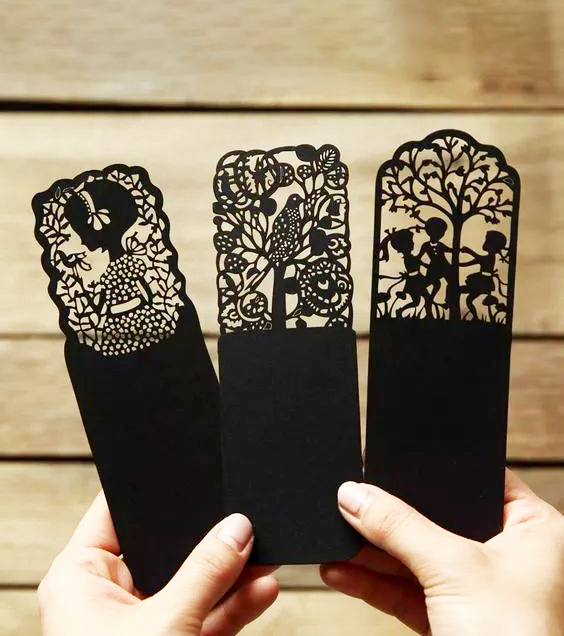
Laser engraving is a popular technique for creating intricate designs on various materials, such as wood, glass, metal, and plastic. The process involves using a high-powered laser beam to burn away the surface of the material, leaving behind a permanent etched design. Engraving lasers come in different sizes and strengths, making them a versatile tool for both hobbyists and professionals. In this ultimate guide to engraving lasers, we'll cover everything you need to know to get started with laser engraving.
Types of Laser Engraving Machines
There are two main types of laser engraving machines: CO2 and fiber. CO2 lasers are commonly used for engraving organic materials like wood, leather, and paper, while fiber lasers are more suited for engraving metals and plastics. Both types of lasers are capable of producing high-quality engravings, but they differ in their wavelengths and power output.
Materials Suitable for Laser Engraving
Laser engraving can be performed on a wide range of materials, including wood, plastic, glass, metal, stone, and more. Some materials may require special coatings or treatments to achieve the desired results, and it's important to choose the right laser for the material being engraved.
How to Choose the Right Laser Engraver
Choosing the right laser engraver can be a daunting task, as there are many factors to consider. These include the type of material to be engraved, the size of the design, and the desired level of detail. It's important to choose a laser engraver that is powerful enough to handle the job, but not so powerful that it damages the material.
The Laser Engraving Process
The laser engraving process involves several steps, including preparing the material, designing the engraving, and setting up the laser engraver. The laser is then focused on the material and the engraving begins. The process can take anywhere from a few seconds to several hours, depending on the complexity of the design and the size of the material.
Tips for Successful Laser Engraving
To achieve the best results with laser engraving, there are a few tips to keep in mind. These include choosing the right laser for the material, using high-quality graphics, and testing the engraving settings before starting the actual job.
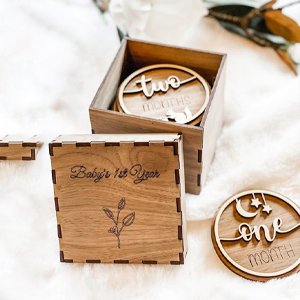
Section # 1: Types of Laser Engraving Machines | Understanding CO2 and Fiber Lasers
Laser engraving is a highly precise and versatile method for creating intricate designs on various materials. However, not all laser engraving machines are created equal. There are two main types of laser engraving machines: CO2 and fiber. Understanding the differences between these two types of lasers can help you choose the right machine for your specific needs.
CO2 Laser Engraving Machines
CO2 laser engraving machines are the most commonly used type of laser engraver. They use a gas mixture that includes carbon dioxide to create a laser beam that can be focused on a wide range of materials. CO2 lasers are known for their ability to produce high-quality engravings on organic materials like wood, leather, paper, and some plastics.
CO2 lasers have a wavelength of around 10.6 micrometers, which is ideal for engraving materials that absorb infrared radiation. The power output of CO2 lasers can range from 30 watts to several hundred watts, depending on the model. They are relatively inexpensive compared to other types of laser engraving machines, making them a popular choice for hobbyists and small businesses.
Fiber Laser Engraving Machines
Fiber laser engraving machines use a solid-state laser to create a beam that is focused onto the material being engraved. These lasers are often used for engraving metals, plastics, and other hard materials. Fiber lasers have a wavelength of around 1 micrometer, which is much shorter than CO2 lasers, allowing them to be absorbed by reflective materials like metals.
Fiber lasers can produce high-quality engravings with exceptional precision and speed. They typically have a power output of between 10 and 200 watts, making them a popular choice for industrial applications.
Choosing the Right Laser Engraving Machine
When it comes to choosing the right laser engraving machine, there are a few factors to consider. The type of materials you will be engraving is one of the most important considerations. If you plan to engrave organic materials like wood and paper, a CO2 laser engraving machine may be the best choice. If you plan to engrave metals, plastics, or other hard materials, a fiber laser engraving machine may be the better choice.
Another important factor to consider is the size and complexity of the designs you plan to create. If you plan to create small, intricate designs, a fiber laser engraving machine may be the best choice due to its precision. If you plan to create larger designs or engravings on curved surfaces, a CO2 laser engraving machine may be the better choice.
Understanding the differences between CO2 and fiber laser engraving machines is essential when choosing the right machine for your specific needs. By considering the type of materials you will be engraving, the size and complexity of your designs, and other important factors, you can select a laser engraving machine that will produce high-quality and precise engravings for years to come.
Section # 2: Materials Suitable for Laser Engraving | A Comprehensive Guide
Laser engraving is a versatile and precise method for creating designs on various materials. However, not all materials are suitable for laser engraving. Understanding the different types of materials that can be engraved with a laser can help you choose the right material for your specific needs.
Organic Materials Organic materials like wood, leather, and paper are some of the most popular materials for laser engraving. They are suitable for CO2 laser engraving machines, which produce a laser beam with a wavelength of around 10.6 micrometers. This wavelength is ideal for engraving materials that absorb infrared radiation.
Wood is an excellent material for laser engraving, as it produces a high-quality engraving with excellent contrast. Leather is another popular material, as it can produce a unique and stylish look that is perfect for fashion accessories and promotional products. Paper is also a great choice for laser engraving, as it allows for intricate designs and detailed engraving.
Plastics Plastics are also suitable for laser engraving. However, the type of plastic you choose will depend on the type of laser engraving machine you are using. Acrylic and polycarbonate are two common types of plastic that are suitable for CO2 laser engraving machines. They produce a high-quality engraving with excellent contrast.
For fiber laser engraving machines, you will need to use a plastic that can absorb the laser wavelength. Materials like ABS, PVC, and polystyrene are suitable for fiber laser engraving machines and can produce high-quality engravings with exceptional precision.
Metals Metals are another popular material for laser engraving. However, they are only suitable for fiber laser engraving machines. The short wavelength of fiber lasers allows them to be absorbed by reflective surfaces like metals. This makes them ideal for engraving materials like stainless steel, brass, and aluminum.
Glass and Ceramics Glass and ceramics are also suitable for laser engraving. However, they require a specialized type of laser engraving machine that uses a pulsed laser beam. This type of machine produces a small burst of energy that is focused onto the surface of the glass or ceramic material. The heat from the laser beam creates a microfracture on the surface of the material, which produces the engraving.
Other Materials Other materials that are suitable for laser engraving include stone, fabric, and even food products like chocolate. However, the type of laser engraving machine you use will depend on the specific material you are engraving.
Section # 3: How to Choose the Right Laser Engraver
Laser engravers are becoming increasingly popular for personal and commercial use. With so many options available, choosing the right one for your needs can be overwhelming. Here are some factors to consider when selecting a laser engraver.
Type of Material: The first and most crucial factor to consider is the type of material you will be engraving. Certain laser engravers are better suited for certain materials than others. For example, a CO2 laser engraver is best for organic materials like wood and leather, while a fiber laser engraver is better for metals and some plastics.
Wattage: Wattage is an important factor to consider when selecting a laser engraver. The higher the wattage, the faster and deeper the engraving can be. However, a higher wattage laser can also be more expensive, and may not be necessary for your specific needs.
Work Area Size: The size of the work area is another critical factor to consider when choosing a laser engraver. Larger work areas can handle bigger materials and larger designs, making them ideal for commercial use. Smaller work areas are more suitable for personal or hobby use.
Accuracy and Detail: The level of accuracy and detail required for your engravings is another factor to consider when selecting a laser engraver. High-precision jobs require a machine with high accuracy and detail capabilities, while more basic designs may not require as much precision.
Ease of Use: The ease of use of a laser engraver is another essential factor to consider. The software should be user-friendly and easy to navigate. Additionally, the machine should be straightforward to set up and operate.
Budget: Finally, budget is always a factor to consider when purchasing any type of equipment. Laser engravers vary in price depending on the features they offer. Determine how much you are willing to spend and select a machine that fits your budget.
In conclusion, choosing the right laser engraver requires careful consideration of several factors, including the type of material, wattage, work area size, accuracy and detail, ease of use, and budget. By evaluating each of these factors, you can select a laser engraver that meets your specific needs and delivers high-quality engravings.
Section # 4: The Laser Engraving Process
Laser engraving is a popular method of etching designs onto various materials such as wood, metal, and plastic. It is a precise and efficient way to create permanent markings and designs, and it involves several steps in the engraving process.
Design Creation: The first step in the laser engraving process is creating a design. This can be done using graphic design software such as Adobe Illustrator or CorelDRAW. The design is typically saved as a vector file format, which can be read by the laser engraving machine.
Material Selection: Once the design is created, the next step is selecting the material to be engraved. Laser engraving is suitable for a wide range of materials, including wood, metal, acrylic, leather, and more.
Set-Up: Before beginning the engraving process, the laser engraving machine must be set up properly. This includes adjusting the power and speed settings, as well as the focus of the laser beam. The material to be engraved is also secured onto the engraving table.
Engraving: Once the set-up is complete, the engraving process can begin. The laser beam is directed onto the material, and the machine follows the vector file to create the design. The laser beam burns or melts the material, creating the engraved design.
Finishing: After the engraving is complete, the material may require additional finishing. This can include removing any debris or residue left from the engraving process and applying any necessary coatings or finishes to protect the material.
Quality Control: The final step in the laser engraving process is quality control. This includes inspecting the finished product for accuracy, clarity, and quality. Any necessary adjustments or touch-ups can be made at this stage to ensure the final product meets the desired standards.
In conclusion, the laser engraving process involves several steps, including design creation, material selection, set-up, engraving, finishing, and quality control. By following these steps, laser engraving can create precise and detailed designs on a wide range of materials. With its efficiency and versatility, laser engraving has become a popular method for creating permanent markings and designs.
Section # 5: Tips for Successful Laser Engraving
Laser engraving is a powerful tool that can create precise and intricate designs on a variety of materials. Whether you're using a laser engraving machine for personal or professional purposes, there are some tips and best practices that can help you achieve successful results.
Choose the Right Material: Choosing the right material for laser engraving is crucial for successful results. Materials such as wood, acrylic, and leather are popular choices for laser engraving. It's important to select a material that is compatible with laser engraving and can withstand the heat generated by the laser.
Prepare the Material: Before beginning the engraving process, it's important to properly prepare the material. This can include cleaning the surface to remove any dust or debris, and applying any necessary coatings or finishes to protect the material.
Adjust the Settings: Adjusting the power and speed settings of the laser engraving machine is critical for achieving successful results. It's important to start with lower settings and gradually increase the power and speed until the desired results are achieved. Overpowering the laser can result in burned or melted material, while underpowering can result in incomplete engraving.
Use High-Quality Designs: Using high-quality designs is crucial for achieving successful results. It's important to use vector-based designs that are clear and have sharp edges. High-resolution images are also important for achieving detailed and intricate designs.
Test the Design: Before beginning the engraving process on the final material, it's important to test the design on a sample piece of the same material. This can help to identify any potential issues and make adjustments to the settings or design as needed.
Maintain the Machine: Proper maintenance of the laser engraving machine is important for achieving successful results. Regular cleaning and maintenance can help to ensure that the machine is functioning properly and can prolong its lifespan.
Laser Engraving Vs Laser Etching?
Laser engraving and laser etching are two popular methods used to add designs or text to a variety of materials, such as metal, wood, plastic, and glass. While both techniques use a laser to create marks on the surface of the material, there are some key differences between the two.
Laser engraving involves using a laser to cut into the surface of the material, creating a deep groove that forms the design or text. This process vaporizes the material, leaving behind a permanent and highly visible mark. Laser engraving is typically used for creating personalized gifts, jewelry, awards, and industrial parts, and can produce high-quality results with intricate details.
Laser etching, on the other hand, involves using a laser to remove a thin layer of material from the surface of the material, creating a shallow mark that forms the design or text. This process does not vaporize the material, but rather melts it to create a surface mark. Laser etching is typically used for creating designs on glass, crystal, and other fragile materials.
One key advantage of laser engraving is that it can produce deeper and more permanent marks than laser etching. This makes it a better option for materials that require a long-lasting mark, such as metal and plastic. Laser engraving can also produce more consistent results, as the depth and width of the groove can be precisely controlled.
However, laser etching has some advantages over laser engraving as well. For example, it can produce finer details and can be used on fragile materials that may be damaged by the high heat generated by laser engraving. Laser etching is also faster and less expensive than laser engraving, making it a more cost-effective option for some applications.
When deciding between laser engraving and laser etching, it's important to consider the material being used, the desired outcome, and the budget. Both techniques have their advantages and disadvantages, and the best option depends on the specific application.
In conclusion, laser engraving and laser etching are two effective methods for adding designs and text to a variety of materials. Laser engraving produces deeper and more permanent marks, while laser etching is faster and better suited for fragile materials. Ultimately, the choice between the two depends on the specific needs of the project.
Pros & Cons: Laser Engraving and Laser Etching?
Laser engraving and laser etching are two popular methods for adding designs and text to a variety of materials. Each method has its own set of advantages and disadvantages, which should be considered when deciding which method to use.
Pros of Laser Engraving:
-
Deep and permanent marks: Laser engraving produces deep and permanent marks, making it a good choice for materials that require long-lasting markings.
-
Precision: Laser engraving can produce very precise and intricate designs, making it a popular choice for personalized gifts, awards, and industrial parts.
-
Durability: The engraving is resistant to fading, wear and tear and is able to withstand harsh environments.
-
Versatility: Laser engraving can be used on a variety of materials, such as metal, wood, plastic, and glass.
Cons of Laser Engraving:
-
Limited materials: Some materials cannot be engraved, such as ceramic and some types of glass.
-
Time-consuming: Engraving can be a slow process, especially for intricate designs.
-
Cost: Laser engraving equipment can be expensive, which may be a barrier for some businesses.
Pros of Laser Etching:
-
High level of detail: Laser etching can produce fine and detailed designs with a high level of accuracy.
-
Versatility: Laser etching can be used on a wide range of materials, including fragile materials such as glass and crystal.
-
Speed: Laser etching is generally faster than laser engraving, making it a good choice for high-volume projects.
Cons of Laser Etching:
-
Limited depth: Laser etching produces shallow marks, which may not be as visible or permanent as engraved marks.
-
Limited materials: Some materials, such as metal, may not be well suited for laser etching.
-
High Heat: Laser etching process creates high heat which may not be suitable for some materials.
Ultimately, the choice between laser engraving and laser etching will depend on the specific needs of the project. Laser engraving may be more suitable for deep and permanent markings, while laser etching may be better for high-detail designs on fragile materials. It's important to consider the advantages and disadvantages of each method and choose the one that best fits your requirements.
CONCLUSION
In conclusion, laser engraving is a versatile and precise method for creating designs on a variety of materials. By choosing the right laser engraver, material, and design, you can create stunning and intricate engravings that will last for years to come. With the tips and techniques covered in this ultimate guide to engraving lasers, you'll be well on your way to mastering this fascinating and rewarding craft.
Related Post
Subscribe to our weekly newsletter!
Get coupons from your favorite retailers sent to your inbox at the beginning of every week.
You can cancel anytime.


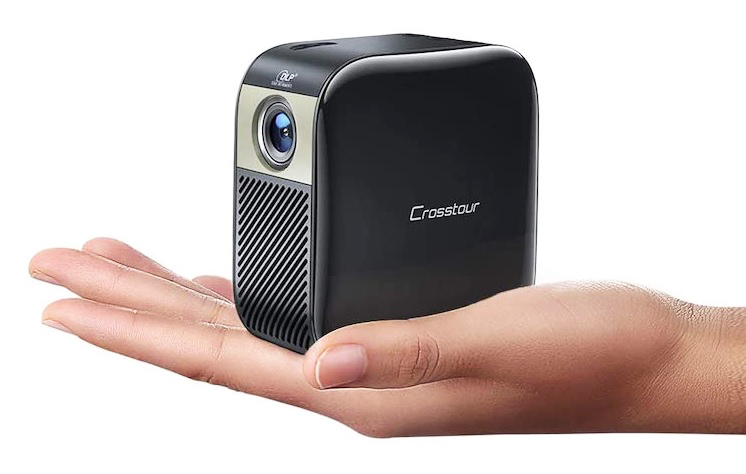
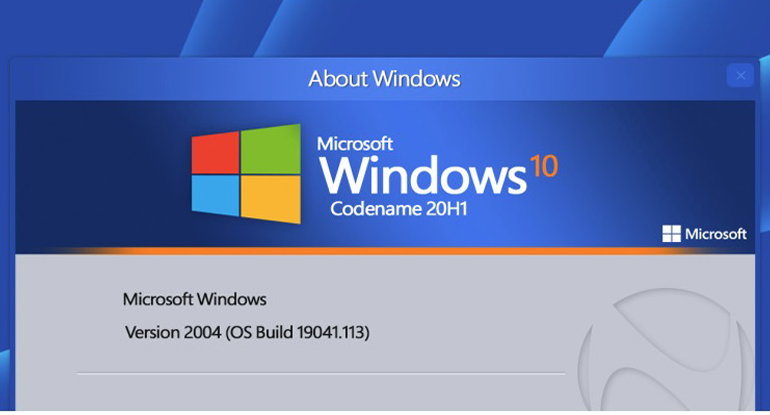
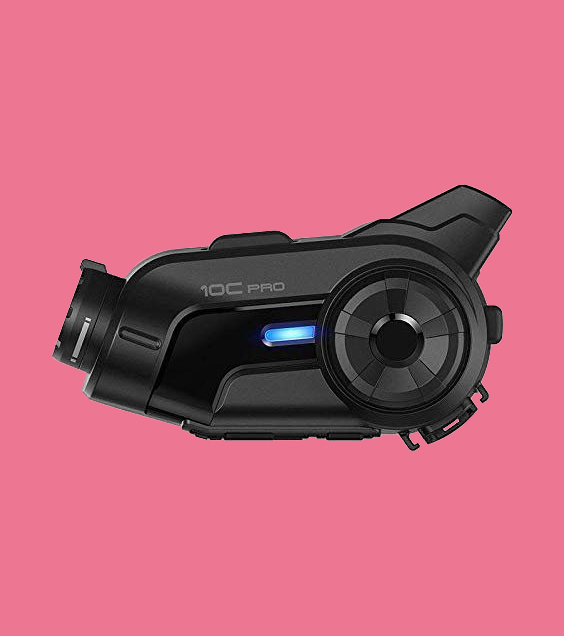
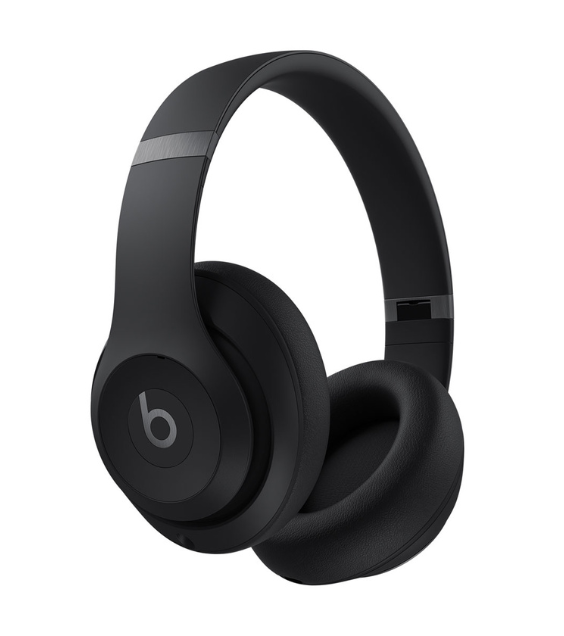

Comment
leave comment